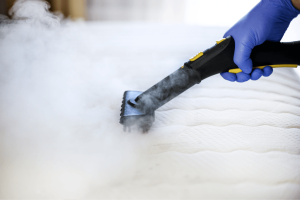Things You Should Not Avoid In Residential Interior Fit-Out

A residential interior fit-out improves both the functionality and aesthetics of a home. While many homeowners focus on design trends, some key aspects should never be overlooked. Ignoring key elements such as space planning, lighting, and material quality can lead to inefficiencies and costly modifications in the future. These elements are:
Proper space planning:
Efficient use of space is essential for comfort and practicality. Poor layout in residential interior fit out choices can result in cramped areas or wasted space. Every room should have a functional flow, with furniture placement allowing for easy movement. Storage solutions should also be integrated into the design to increase available space.
Quality materials and finishes:
Using high-quality materials ensures durability and reduces maintenance costs. Choosing low-cost alternatives may seem budget-friendly initially, but they often wear out quickly and require frequent replacements. Flooring, countertops, and furniture should be made from materials that withstand daily use while maintaining their visual appeal.
Lighting design:
Lighting affects both the ambiance and functionality of a home. Relying only on overhead lighting can create shadows and an uninviting atmosphere. A clever lighting system includes ambient, task, and accent lighting. Natural light should also be considered, with window placements that improve brightness and energy efficiency.
Adequate ventilation and air circulation:
Proper ventilation prevents moisture build-up, improves air quality, and improves overall comfort. Ignoring ventilation can lead to issues such as mould growth, stale air, and increased humidity. Well-placed windows exhaust fans, and air-conditioning systems contribute to a healthier living environment.
Structural integrity and safety features:
Ignoring structural integrity can result in major problems over time. Load-bearing walls, electrical wiring, and plumbing should be inspected before making changes. Safety features such as fire-resistant materials, secure staircases, and non-slip flooring should also be included to prevent hazards.
Functionality over aesthetics:
While aesthetics play a significant part in a fit-out, functionality should always come first. Overly decorative designs that compromise practicality can make everyday living uncomfortable. For example, stylish but uncomfortable furniture or impractical storage solutions may look good but reduce usability.
Trends change, but well-planned fit-out remains relevant for years. Choosing timeless designs and adaptable spaces ensures longevity. Installing smart home features, energy-efficient appliances, and flexible layouts allows homeowners to adjust their living space as needed.




